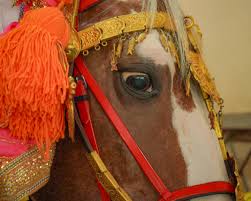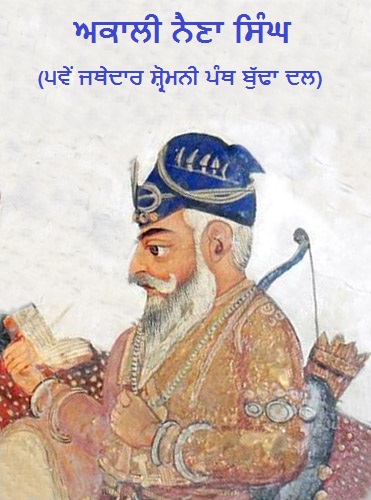Discover Sahib Ganj, a historic town in Bihar, graced by Guru Tegh Bahadur, housing sacred Sikh relics at Old Nanak Shahi Sangat. Visit now to learn more!
Discover the intense Sikh-Muslim conflict in Punjab over the sacred Gurdwara Shahidganj site in Lahore from 1935 to 1940. Learn about its historic significance.
Discover 'GARAB GANJANI TIKA', Bhai Santokh Singh's unique prose exegesis of Japu in the Nirmala tradition, showcasing Guru Nanak's teachings.
Discover the history of Dal Singar, the famed warhorse of Guru Gobind Singh, and its significance in Sikh heritage.
Learn about Naina Singh, the 18th-century Nihang warrior famed for valor & guardianship of Akali Phula Singh, a Sikh icon. Explore his lasting legacy.
Discover the spiritual journey of Sant Pal Singh Arif, a Sikh mystic and poet from Punjab, known for his Sufi-influenced works with spiritual insights.
Explore the heroic tales of Baba Ram Singh Bedi, a formidable Nihang warrior from Sialkot, descendant of Guru Nanak, who fought bravely against Afghan forces.
Explore Sobha Singh's inspiring art journey from Punjab's romantic lore to revered portraits of Sikh Gurus, demonstrating unparalleled mastery in oil painting.
Explore Jhatka, the Sikh practice of swift, humane animal slaughter, ensuring minimum pain. Learn its significance and historical context in Sikhism.












